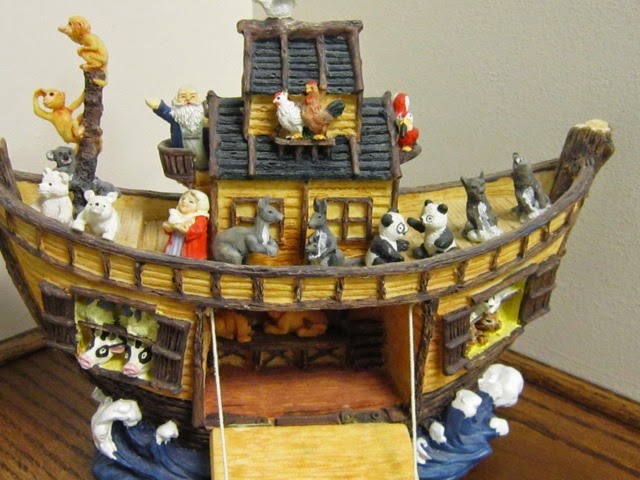I write poems. I write picture books, too. But it's not often that I bring them together to produce a picture book completely in rhyme.
Why not? Here's a little poem of explanation.
Picture book writers are told: "Publishers don't like rhyme." But judging by the number of rhyming picture books in the market, that statement cannot be factual. I think the truth behind the statement may be summarized by one editor's admission. "It's not that I don't like rhyme," she said. "It's just that I don't know how to fix rhyme." With sentiment stacked against rhymers, I usually begin my picture book stories in prose.
But once in awhile, a story comes along that wants to rhyme. That demands to rhyme. Stomps its foot (in pounding iambic pentameter) until I finally give in.
 |
| Photo by Julian King Creative Commons license |
Now, I know the basic rules of writing a picture book in rhyme:
1) Perfect the meter.
2) Avoid near or contrived rhymes.
3) Don't twist syntax to make a rhyme fit.
4) Make sure the story comes first.
But there's more to it than that. Since my latest manuscript is a rhyme-demander, I've been doing my homework to figure out what makes a masterful rhyming picture book. Here's my process.
Step 1 -- Gather Books
Step 2 -- Read and Sort
The manuscript I'm working on is story-driven, so I weed out the books that are more concept-based. The concept books are wonderful, but I need to see how story and rhyme come together. Some of the authors that end up in my "story" pile are Julia Donaldson, Karma Wilson, Lisa Wheeler, Jill Esbaum and Sudipta Bardhan-Quallen.
Step 3 -- Study
I re-read the remaining books, both silently and aloud. I ask my kids to read them to me. I type out several of them. I revel in brilliant rhythm and rhyme, but I also study other things:
Word count
Page count
Stanza structure
Rhyme scheme
Page turns
Step 4 -- Discover!
Here's what I've discovered so far:
• Many texts are longer than I thought they'd be -- over 700 words, 36 or even 40 pages long.
• The most common stanza structure is the quatrain.
• The most common rhyme scheme is ABCB.
• Clever page turns help move story forward. One effective method is to end a page with the penultimate word of a stanza. The reader wants to complete the rhyme and hurries to turn the page.
• I like when authors shake things up a bit. Some use a refrain that has a shorter or longer structure. Some vary stanza length (e.g. one written in couplets throws in a tercet every so often). Some use action words, noises or dialogue to interrupt the flow.
"But isn't that spoiling the rhythm?" you might ask. Well, too steady of a rhythm can lull a reader to sleep. That's great for a bedtime book, but not so great for lively stories.
• In the best books, every line works to move the story forward. (No gratuitous lines in order to complete a rhyme!)
I know the information I'm learning will guide me in writing a rhyming picture book. Do you have a story that demands rhyme, too? Go for it! But make it behave the way you want it to.









.png)
.png)
.jpg)
.png)


